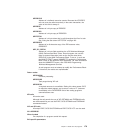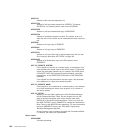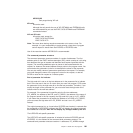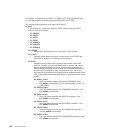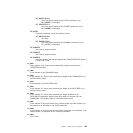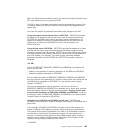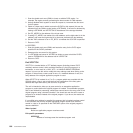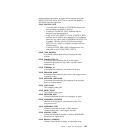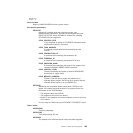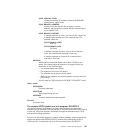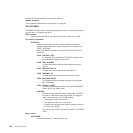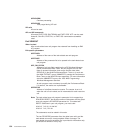terminal-related information, and that can be mapped using the
DSECT DFHPCUE. When XPCFTCH is invoked, the following
DFHPCUE fields are significant:
PCUE_CONTROL_BITS
v 1-byte flag field. A setting of PCUECBTE indicates that
the transaction is linked to a terminal.
v A setting of PCUENOTX (X'40') indicates that the
program is not command level.
v A flag, PCUE_NO_MODIFY, in PCUE_CONTROL_BITS
indicates that a modified entry address is not supported.
When set, any return code of UERCMEA from XPCFTCH
is ignored. This flag is set by CICS before invoking
XPCFTCH for C and C++ programs compiled with the
XPLINK option.
v A setting of PCUE_REAL (X'20') indicates that a real
entry point is set in PCUE_REAL_ENTRY.
PCUE_TASK_NUMBER
3-character packed decimal field containing the task
number.
PCUE_TRANSACTION_ID
4-character field containing the ID of the original
transaction. Note that this may differ from the current
transaction ID.
PCUE_TERMINAL_ID
4-character field containing the terminal ID (if any).
PCUE_PROGRAM_NAME
8-character field containing the name of the program that is
to receive control.
PCUE_PROGRAM_LANGUAGE
3-character field containing the language of the program
that is to receive control.
PCUE_LOAD_POINT
The program’s load point.
PCUE_ENTRY_POINT
The program’s entry point.
PCUE_PROGRAM_SIZE
Fullword containing the size of the program, in bytes.
PCUE_COMMAREA_ADDRESS
Address of the program’s communication area, if the
program has one.
PCUE_COMMAREA_SIZE
Fullword containing the length of the program’s
communication area, if the program has one.
PCUE_LOGICAL_LEVEL
Fullword containing the number of chained DFHRSADS
blocks (that is, logical level).
PCUE_BRANCH_ADDRESS
Fullword. Use this field to supply an alternative entry
Chapter 1. Global user exit programs 187



